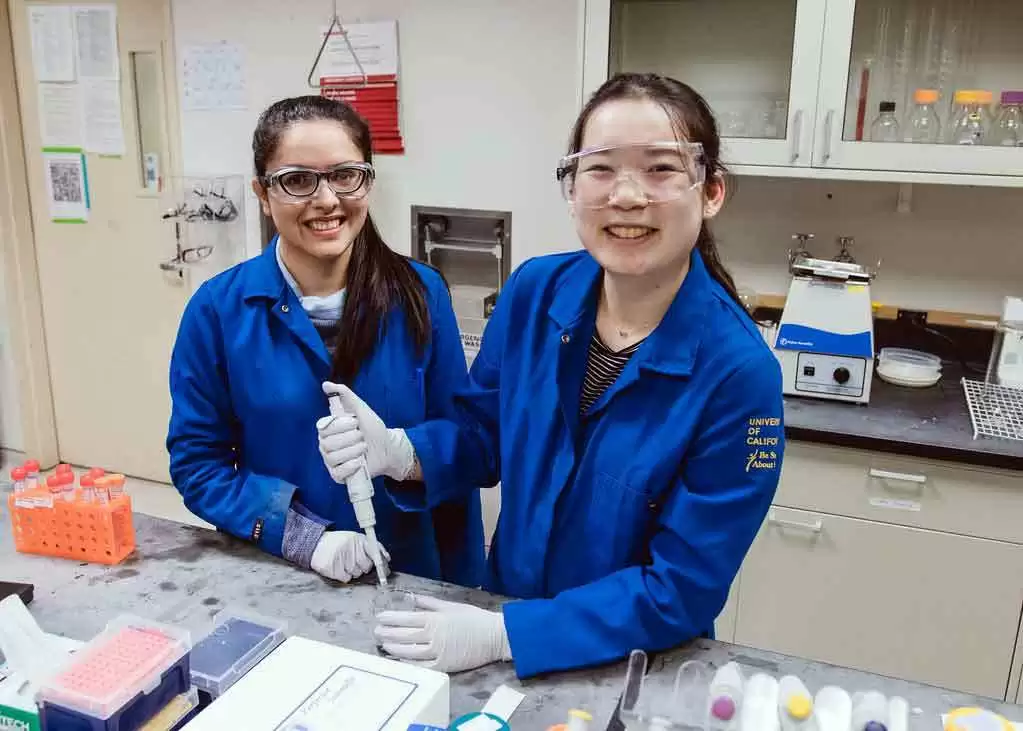Celiac.com 07/21/2025 - For many people living with celiac disease or gluten sensitivity, getting an accurate diagnosis can be an uphill battle. The traditional process often involves returning to a gluten-filled diet for several weeks—an experience that can cause debilitating symptoms just to confirm a diagnosis. But that painful step might soon be unnecessary, thanks to a new type of blood test developed by researchers at the Walter and Eliza Hall Institute of Medical Research in partnership with Novoviah Pharmaceuticals. This groundbreaking diagnostic tool detects a key immune signal from gluten-specific immune cells, even in people already following a strict gluten-free diet.
The Problem with Current Diagnosis
Celiac disease is an autoimmune condition where the body attacks its own tissues after gluten exposure. It’s more common than many people realize, affecting hundreds of thousands in Australia and millions worldwide. Yet the path to diagnosis remains complicated and often unreliable, especially for people who have already removed gluten from their diets.
Celiac.com Sponsor (A12):
Typically, the diagnosis involves blood tests for certain antibodies, followed by a biopsy of the small intestine. But both tests require ongoing gluten consumption to be accurate. For people who have already begun avoiding gluten—often because they feel better without it—these tests may no longer show the damage or immune activity needed for a formal diagnosis. That’s where the new blood test comes in.
Discovering a Crucial Immune Signal
Back in 2019, researchers made an important discovery: a molecule called interleukin-2, or IL-2, spikes in the bloodstream of people with celiac disease shortly after they eat gluten. IL-2 is a chemical signal produced by specific immune cells that recognize gluten as a threat. This gave researchers a clear and measurable sign that the immune system was reacting—even after just a small amount of gluten exposure.
But the research team wanted to know: could they measure this immune activity without requiring someone to eat gluten at all?
A Simple Tube Test Yields Complex Answers
In this latest study, researchers explored whether they could detect IL-2 using a small blood sample combined with gluten in a test tube. This "in-tube" gluten challenge simulates exposure without requiring the person to actually consume gluten.
The study involved 181 adult participants. Among them were people with treated celiac disease who had been on a gluten-free diet, those with active and untreated celiac disease, individuals with non-celiac gluten sensitivity, and healthy controls. When blood samples were exposed to gluten peptides in the lab, IL-2 levels were measured to see whether the immune system responded.
The results were remarkable. The test identified celiac disease in people on a gluten-free diet with up to 90% sensitivity and 97% specificity—making it one of the most accurate diagnostic tools ever developed for this condition. In contrast to current methods, it only required a small amount of blood and no gluten consumption by the patient.
Real-World Impact and Personal Meaning
For people like PhD student Olivia Moscatelli, who helped conduct the study and also lives with celiac disease, this breakthrough is personal. Diagnosed at age 18, she endured the full gluten challenge to confirm her condition. She said helping develop this new test feels like coming full circle—offering future patients a far less painful path.
The IL-2 signal not only confirmed diagnosis but also helped predict the severity of a person’s gluten reaction. Higher IL-2 levels were linked to more intense symptoms such as vomiting, offering doctors another way to assess how sensitive someone may be to gluten—without exposing them to it directly.
Why This Test Stands Apart
One of the most impressive aspects of the test is how well it performs even in the presence of other autoimmune diseases like type 1 diabetes or Hashimoto’s thyroiditis. Many blood tests lose accuracy in these cases, but this IL-2 test did not produce false positives. That’s because the test is designed to detect gluten-specific T cell activity, which is highly unique to celiac disease.
The technology behind the test is extremely sensitive. It can detect IL-2 in concentrations as small as a single grain of sand in a swimming pool. While such advanced testing isn’t yet available in all medical labs, researchers are hopeful that it will become standard practice in the future.
A New Path Forward
Dr. Robert Anderson, co-founder of Novoviah Pharmaceuticals and a longtime leader in celiac research, praised the collaboration with the WEHI team. The findings represent more than just another study—they are the result of 25 years of research focused on the specific immune cells involved in celiac disease. Together with Professor Jason Tye-Din, Dr. Anderson helped turn those years of research into a practical diagnostic solution.
The team is now working on validating the test in a more diverse population and gathering additional real-world data. Their goal is to make the test widely available, so doctors everywhere can offer a quicker, safer, and more accurate diagnosis.
Why This Matters for People with Celiac Disease
For those living with celiac disease—or suspect they might have it—this new test could be life-changing. It removes the need to suffer through a gluten challenge and reduces the emotional and physical toll of delayed or inaccurate diagnosis. Early and precise diagnosis is critical to avoiding long-term health consequences, and this test may finally make that possible for the millions who remain undiagnosed.
In addition, the test opens new doors for monitoring disease progression, especially in people who are managing celiac disease alongside other autoimmune conditions. It also brings us one step closer to a future where diagnosis and treatment are guided by individual immune responses, not just symptoms or tissue damage.
In summary, this new IL-2-based blood test offers a safer, faster, and more humane way to diagnose celiac disease—providing hope to countless people who currently face uncertainty and pain on their diagnostic journey.
Read more at: gastrojournal.org










Recommended Comments
Create an account or sign in to comment
You need to be a member in order to leave a comment
Create an account
Sign up for a new account in our community. It's easy!
Register a new accountSign in
Already have an account? Sign in here.
Sign In Now